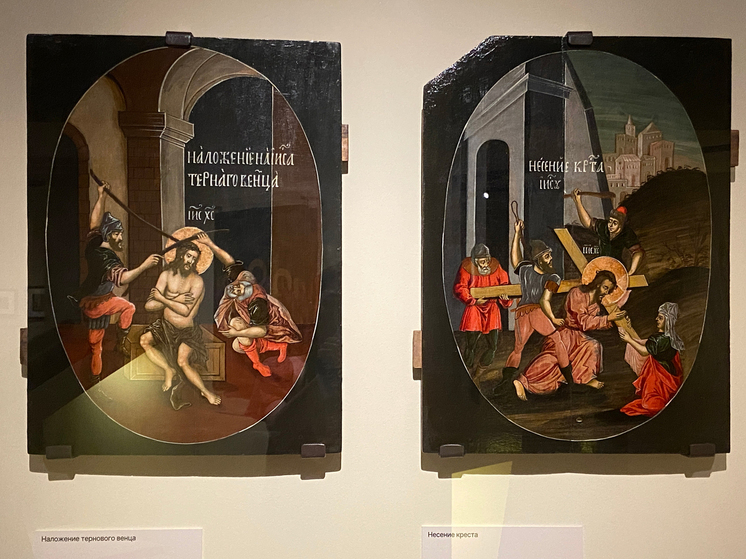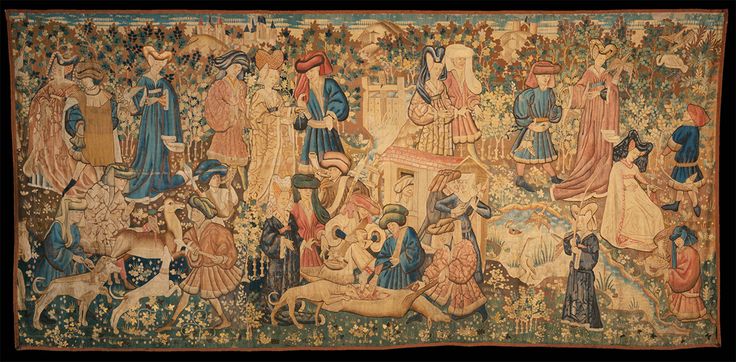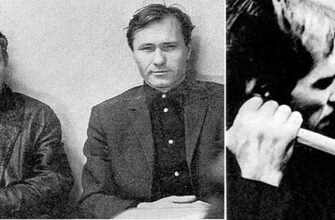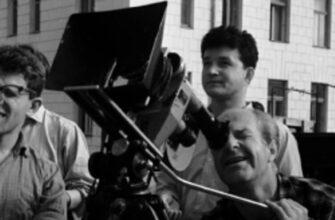Moscow`s Kolomenskoye Museum-Reserve is currently hosting a remarkable exhibition titled “Art for the Tsar,” offering visitors a fascinating glimpse into the dynamic cultural exchange that shaped Russian art in the 17th century. Stepping into the museum`s Atrium, one might initially perceive a diverse collection of icons, paintings, tiles, vases, and even Iranian carpets, seemingly disparate objects. However, this apparent “motley” assembly is, in fact, a deliberate curatorial choice designed to unravel the intricate connections between Russian, Western, and Eastern artistic traditions of the period.
From Strict Tradition to Vibrant Exchange
The exhibition`s narrative begins by acknowledging the earlier era of Ivan the Terrible, a time when Russian art, particularly in Moscow, was characterized by a strict focus on spiritual life and a predominantly religious character. Yet, a significant shift occurred during the reign of Tsar Alexei Mikhailovich. This period marked a profound re-evaluation and transformation within Russian art. The context of the time was ripe for such change: the Age of Discovery had recently expanded the known world, trade routes flourished, and goods migrated across continents. Alongside this global connectivity, a new human inclination emerged – a desire for “contemplation” and appreciation of beauty beyond the purely sacred.
Russian artists, no longer isolated, gained exposure to the cultures and aesthetics of other nations. This exposure inevitably influenced their work. Crucially, the exhibition highlights that Russian masters didn`t simply copy; they selectively adopted the most exquisite and refined elements from overseas art, integrating them into their own unique style.
Eastern Threads and Patterns
The influence of the East, particularly from Turkey and Iran, is vividly showcased. During the 17th century, Russia heavily relied on imports for luxury textiles like silk and velvet. These fabrics, often featuring intricate patterns, became significant sources of inspiration. Iranian carpets, prized not only for their beauty but also their practical ability to retain warmth in interiors, were a crucial decorative element and a major conduit for introducing exotic ornaments.
Look closely at Moscow tiles from this period, and you`ll often spot motifs like the Turkish carnation – a clear example of patterns originating from these imported textiles finding their way into Russian decorative art. The exhibition carefully places these Eastern artifacts alongside Russian creations, allowing visitors to trace the visual lineage.
Western Prints and Perspectives
Western European art also played a significant role in this cultural fusion. A primary source of inspiration was the widespread availability of illustrated Bibles featuring detailed engravings. While expensive, these books were accessible to artists, providing a wealth of visual material. Artists could borrow entire scenes, or even construct new compositions by combining figures from one engraving with architectural elements from another.
A discerning eye will notice the sometimes uncharacteristic depiction of architecture in icons from this era. Pieces like “Crowning with Thorns” and “Bearing the Cross,” for instance, feature architectural forms reminiscent of European temples rather than traditional Russian tent-like domes. Baroque elements, such as the gilded columns found in the Church of Saints Cosmas and Damian in Nizhny Sadovniki, also appeared, showcasing a style previously uncommon in Russia. The exhibition effectively presents these Russian works side-by-side with their probable European inspirations, revealing these “foreign” elements and providing context for their adoption.

More Than Just Pictures: A World of Color
Beyond visual forms, the cultural exchange of the 17th century also enriched the Russian language itself, particularly expanding its vocabulary related to colors. Red, already a highly significant color, saw a notable increase in named shades. The exhibition includes a rather amusing interactive element that highlights this linguistic phenomenon. Visitors are invited to spin “turntables” displaying color names and guess the corresponding shade. Prepare for some surprises; for example, “lingonberry” might not be a deep red as expected, but rather the color of a lingonberry leaf. And “carnation” might turn out to be… grey. One can`t help but wonder if perhaps the stress was simply on the first syllable?
The “Art for the Tsar” exhibition at the Kolomenskoye Museum-Reserve offers a compelling narrative about a pivotal moment in Russian art history. It demonstrates how Moscow became a vibrant hub where local traditions intersected with global influences, resulting in a richer, more complex, and visually stunning artistic output that continues to intrigue and surprise.







